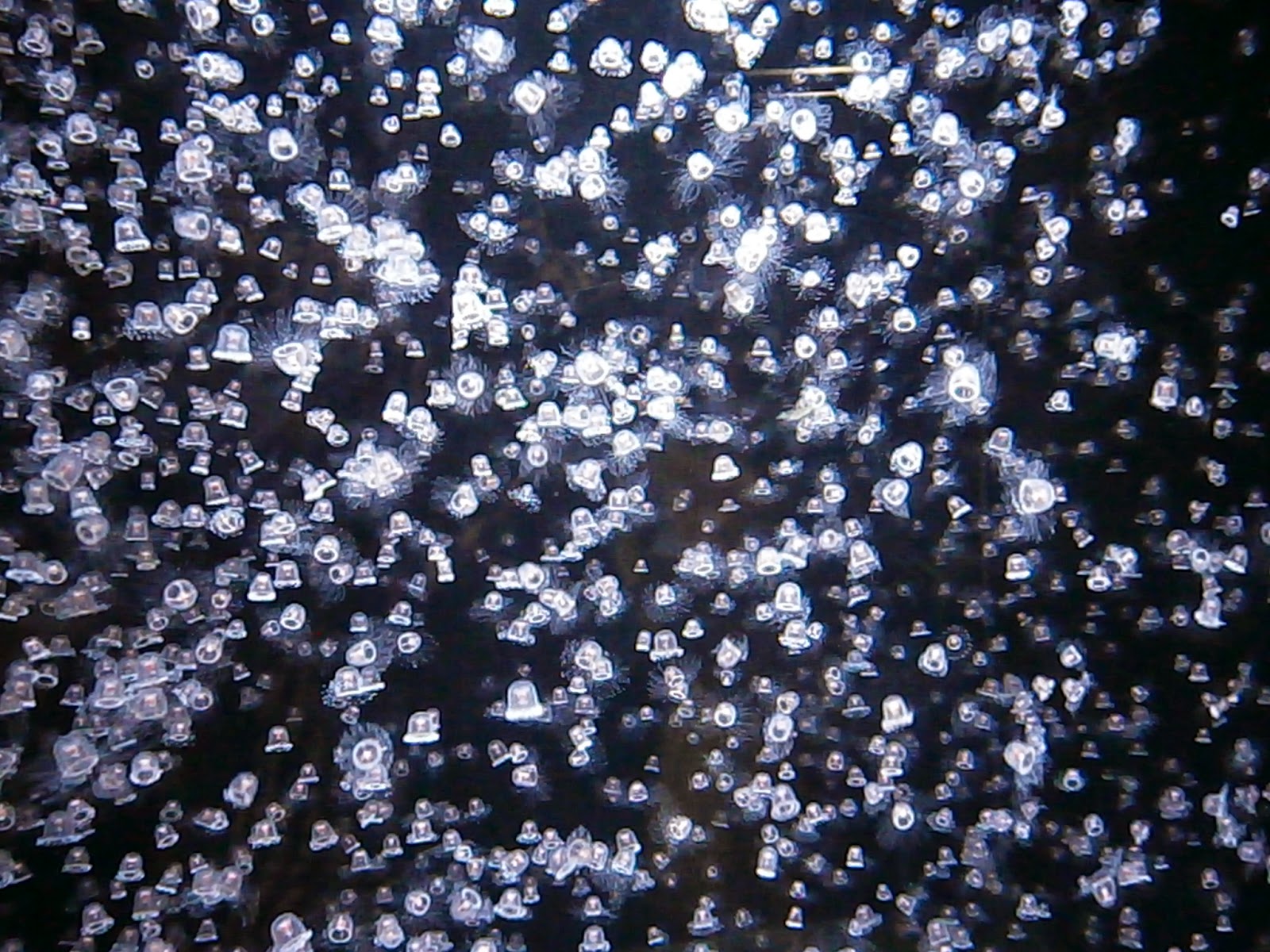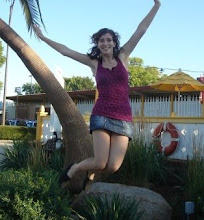Choi! Choi! Soore! Yassho, Makassho! I invite you to read about the Hanagasa Festival and other attractions in Yamagata prefecture
On this trip I have met wonderful people who coincided in the festivals with me, whom I was not planning to write about until my last entry. However, the 4th day of my trip was changed radically by the encounter of first, a really open-minded and open-hearted family and later, by the re encounter with my very first friend at the 16th Nippon Jamboree.
The family happened to have sat next to me while in the Akita Kanto festival, and spoke to me out of curiosity. Once I revealed that I planned to visit Yamagata's Hanagasa festival, the "mother" got excited about it because she happened to be a veteran hanagasa dancer! After this, her family formally invited me to share their car ride home and spend a night at their house, since they liked my company and we were all heading the same way. We arranged to meet around half past 10 am on the morning of the 4th day of my trip. Here is our picture together.
NOTE= you may have been told all your life not to trust strangers. The more I live and travel, the more I gain the ability to discard suspicious invites and connect with truly nice people. The key to this is based in being optimist enough to trust others and in treating people nicely and show them you can be trusted as well, and if these are simultaneous it is possible to connect with people at different levels!
Until 10 am, I tried to attend the Kanto practice where anyone is encourage to participate and experience holding the Kanto sticks with lanterns and balancing it. However, since rain started down-pouring, the event was moved to a venue retired from the place I was meeting with my host family. I still had my last ticket on the last part of the Kusama Yayoi exhibit, so I went to see the remaining of her works on display in Akita city.
These are the links to some works that I liked
Meditation
http://www.artnet.com/artists/yayoi-kusama/meditation-fmsffEevPfOrik-n8iJ6Pw2
Dancing pumpkin
http://www.artnet.com/artists/yayoi-kusama/dancing-pumpkin-ybl-cgGBbW0iRlntC91srMjmPQ2
The "Boat (soft art)" piece at the exhibition was a colorful work of 1985. The closest I found to this was this piece dating from 1963 .
http://interactive.qag.qld.gov.au/looknowseeforever/images/timeline-images/1963_Gertrude-Stein-Gallery-full.jpg
I liked Kusama Yayoi's boat because it was fluffy, full of live and colours, and above all had the interesting background story of her representation on how to make the fear of death pleasant by softening and lighting up the boat that will lead her to the other world. On the boat at the exhibition, melons, bananas and pinapples were camouflaged among the soft protuberances that decorate her boat.
So, once the appointed time came, I got together with my new "host family" and we embarked on the route going South.
After entering Yamagata, and passing Sakata city, we approximated to Tsuruoka, a place that has recently received a considerable amount of media attention. In the coast of Kamo, a traditional aquarium was founded in 1930. Hit by the boom of emerging aquariums in the 1990`s, it almost closed it doors due to lack of visitors, However, in 1999 an exhibit on Jellyfish brought an unexpected large number of visitors, and since then the Kamo Aquarium has been devoted to enlarge its jellyfish collection, which under the name Kuragerium (=jellyfisharium) was recognized in 2005 as the world largest of its kind. This aquarium has undergone refurbishing until June 2014, and since then, with double its space and with a collection of more than 50 species of jellyfish from both sea and river, it has been the summer sensation.
Once we finished watching the exhibit, cute souvenirs and a restaurant including jellyfish meals on its menu were awaiting for us. Because of the big crowds, by 2 pm all the meals except for the jellyfish ramen (noodles) were sold out. The ramen(800yen) includes two sorts of edible jellyfishes (brown and white) and a type of seaweed (the dark ingredient on the lower right of the noodle bowl) which presents a pun on words for its name sounds similar to jellyfish. Delicious! And according to the experts, very rich on collagen!
At the Kamo Aquarium, you can find also non-jellyfish underwater creatures, and there is even a seal show on the pooled-stage at the top floor.
There is also a giant octopus, claimed to be the biggest in the world!
But of course, we came here for the jellyfish. Aren't these cute?
Here is a home made video portraying the different jellies that I saw on my visit. Enjoy!
http://youtu.be/VHtNQqNG5Pg
There are also decorations of many pieces of art, always on accordance with the topic of the Aquarium.
You can have "face in the hole" picture right outside the main building, although past noon it comes out with backlighting, so we went for a safe "group selfie".
After arriving on Yamagata, my host family kindly took my bag home and saw me off at the closest station, a 無人駅 mujin-eki or "people-less" station. In these kind of stations, apparently common in the countryside, users buy a ticket from the vending machine inside a glass box when getting on, and leave their ticket in a box when getting off. There is no room for questions though, since there is nobody to answer them!
Here, we bumped into another veteran dancer friends of "my host mother"and she was kind enough to assure her that she will walk with me to the festival, in which she was going to be performing. Once we get at Yamagata station I get the usual tourist information and stamps, and we head for the park where the dancers are queuing in order of appearance. And on our way, I suddenly spot a large group of dancers wearing Scout Scarves! As I walk by I chit chat with them, when suddenly I bump into my Jamboree friend Hiro!!! She had just arrived from Tokyo on the night before and was here to be a part of the parade!
I was kindly invited by other leaders in her group to dance along with them, and after parting with my host mother's friend I joined this youthful and brilliant pink crew. Luckily enough, there was an absent by another member, so I was given his T-shirt and Hanagasa straw-hat with a borrowed scout scarf, and atone with the Yamagata Prefecture Boy Scouts I walked down the street.
On the last minutes before we started parading, a nice Lady taught me the basic steps, and before she could finish, drums had marked the start of the event and so we started moving. Following the people ahead of me, and trying to make eye-contact with the audience, I had a blast dancing with my brothers and sisters in Scouting that did not mind the spontaneity of my arrival and welcomed me into their group. Thanks a lot for one of my most precious memories of this trip!!!
The Yamagata Hanagasa Festival is a relatively new festival which started in 1964, the same year that Tokyo held its first Olympic games, yet it attracts a lot of tourists and is considered one of the 4 biggest festivals in the Tohoku Area (North-East of Japan). It is held from August 5th to 7th, starting at 17:10 and finishing around 21hs. It consists of a parade of dancers of about 1.2 km on one of Yamagata City`s main streets, although in case of rain is performed indoors at a local Sports Centre. According to the Japan National Tourism Organization, there are about a total of 10,000 dancers participating in the three-days of the Yamagata Hanagasa, and yearly attracs around a million visitors.
Hanagasa translates as Flower Hat, and refers to a light straw-hat decorated with artificial flowers. Although in the picture above I am holding the average hanagasa size with a diameter of 33cm, used for the traditional dance steps, there is also a larger version with a diameter of 42 cm, used for the Otoko Odori., which translates as the male dance. This dance may have been traditionally performed by men, although nowadays there are no gender distinctions; its particular feature is the stress on the speed in which they move and flip their hanagasa around.
Each group wears the same attire, and dances following a float (usually decorated with the name of its sponsors) that carries a taiko drummer. There are also taiko drummers on the side of the street, at the midpoint of the parade, near where the judges are. Some groups even had different sorts of dancers that carry an umbrella-like hanagasa, and with a jumping and twirling choreography move swiftly all over the parade street.
These are the young girls from the Panasonic clothes. They were the only crew to wear a proper kimono (terribly hot I may confess) and according obi (belt) and hair accessories, with impeccable make up and professional hairdos. There was an evident contrast of these girls with the usual performers that wore a yukata (summer kimono) or any sort of matching clothes of their choice. Kids from the Street dance academy wore shiny trousers with the Academy`s t-shirt, and the members of a Host Club wore their shiny work suit.
This is the Goal of the parade. Usually, to get there, each group dances to the 30 min full melody twice and a little bit, taking 10 min breaks in between each musical block.
The Defense Corps were also present. I found it funny to see these men wearing military clothes and dancing with flowers on their hats.
These are the taiko drummers on the sides of the street. This position is performed by boys and girls alike, all wearing the same "happi"over some shorts and some bandages around the chest area. They perform for the whole lenght of the 30 min block, and change positions during the 10 min break.
The traditional Hanagasa choreography has not changed over the years, yet new styles pop up every now and then. Dancing groups such as belly-dancing or street dancing schools, or also cheerleaders, bring their own styles and acrobatics, blending them with the basic moves and revolutionizing the parade every year.
Here are the Gloovys Cheerleaders, who would throw people into the air and make human pyramids as they marched with their bright smiles through the parade
At the very end of the parade, the three "Miss Hanagasa" lead the tobiire group, that is, the open group for anyone who feels like dancing. Once they march halfway through the 1.2 km course of the parade, the taiko drums sentence the end of the event as everyone cheers.
Not as commercial as other festivals, there were only a few food stands, and since Yamagata is a quiet city, by the time the parade finished, around 9 pm, most of the local restaurants were closed. Bars were still open though.
Upon my return to the host family house, I found they have prepared me for dessert some figs and watermelon which they've grown in their own garden. These figs green-looking on the outside, where very frees and sweet on the inside, definitely the best figs I have ever tasted! Thanks for such kind treats!!!
So, as another day has finished, I slipped into the warmth of a homely futon, and went to sleep after a dream-like wonderful day. Untill the next entry!


























山形コンベンションビューローの阿部です。山形の花笠まつりや、加茂水族館に来てくださったのですね、ありがとう。今度は、6月のさくらんぼ狩り、1~2月の樹氷ライトアップ・ツアーにお越しください。
ReplyDelete